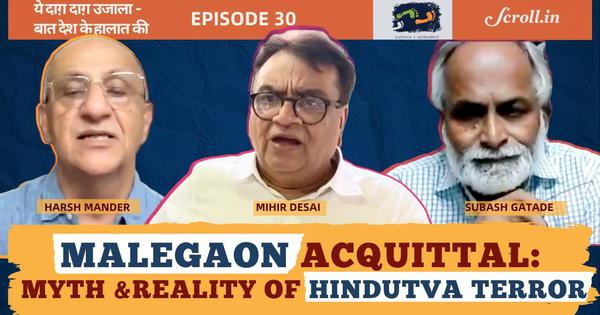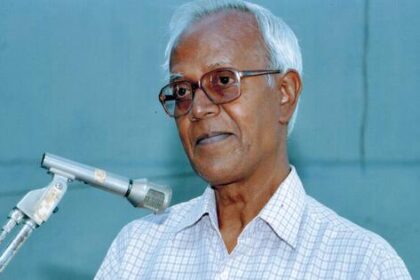Investigative negligence and political narratives contributed to the complexities surrounding the Malegaon case
On September 29, 2008, an explosion near a mosque in Malegaon, northern Maharashtra, resulted in the deaths of six individuals and injuries to approximately 100 others. Initially investigated by the Maharashtra anti-terrorism squad, the case was later handed over to the National Investigation Agency (NIA) in 2011. The NIA’s inquiry led to the arrest of seven people, including Pragya Singh Thakur, a religious figure who later became a member of the Lok Sabha representing the Bharatiya Janata Party, and army officer Lt Col Prasad Purohit. After a lengthy legal process spanning 17 years, a special NIA court acquitted all accused on July 31, citing a lack of reliable and cogent evidence.
This situation has sparked a renewed conversation about the integrity of the investigative process surrounding the case. In a recent episode of the discussion series ‘Yeh Dagh Dagh Ujala’, human rights lawyer Mihir Desai and author Subash Gatade analyzed the various irregularities and failures that characterized the investigation. Desai pointed out significant flaws, including the disappearance of key witness statements made before a magistrate. Furthermore, he highlighted allegations made by former public prosecutor Rohini Salian, who claimed that she faced pressure from senior NIA officials to adopt a lenient approach towards the accused.
Witness testimonies throughout the investigation have proven inconsistent, and there are claims of evidence tampering at the blast site. Such discrepancies raise serious questions about the thoroughness and objectivity of the NIA’s investigation. Gatade added that crucial leads were never pursued, suggesting that political considerations may have influenced the direction of the inquiry. This connection to broader themes of political narratives is particularly relevant given the context of other high-profile cases, including the Mecca Masjid, Samjhauta Express, and Ajmer blasts, which also involved accusations against Hindu extremist groups but saw the cases weaken over time.
The discussion emphasized how systemic failures and investigatory negligence not only hampered justice for the victims but also rekindled the contentious political discourse surrounding the concept of ‘saffron terror.’ The implications of these findings are profound, as they reveal a pattern of institutional pressure and coercion that undermines the legal process. Such dynamics not only challenge the integrity of the justice system but also highlight the broader societal impact of unresolved grievances and the need for transparency in investigations.
In summary, the Malegaon case serves as a crucial example of how investigative shortcomings, coupled with political narratives, can complicate the pursuit of justice. The voices of those affected and the lessons learned from this case remain significant as discussions about accountability and systemic reform continue in the context of terrorism and communal violence in India.








